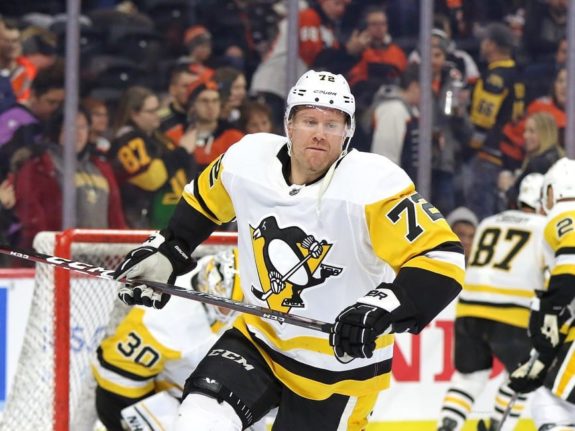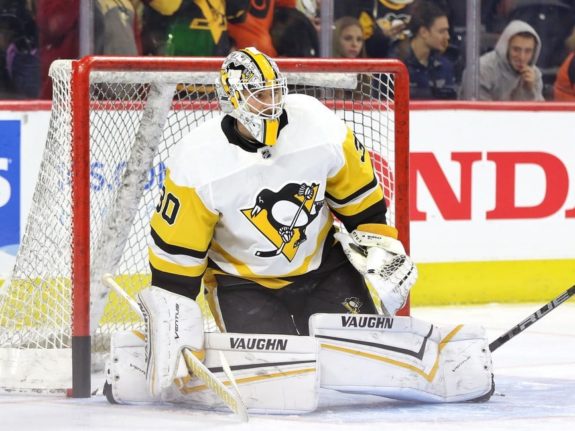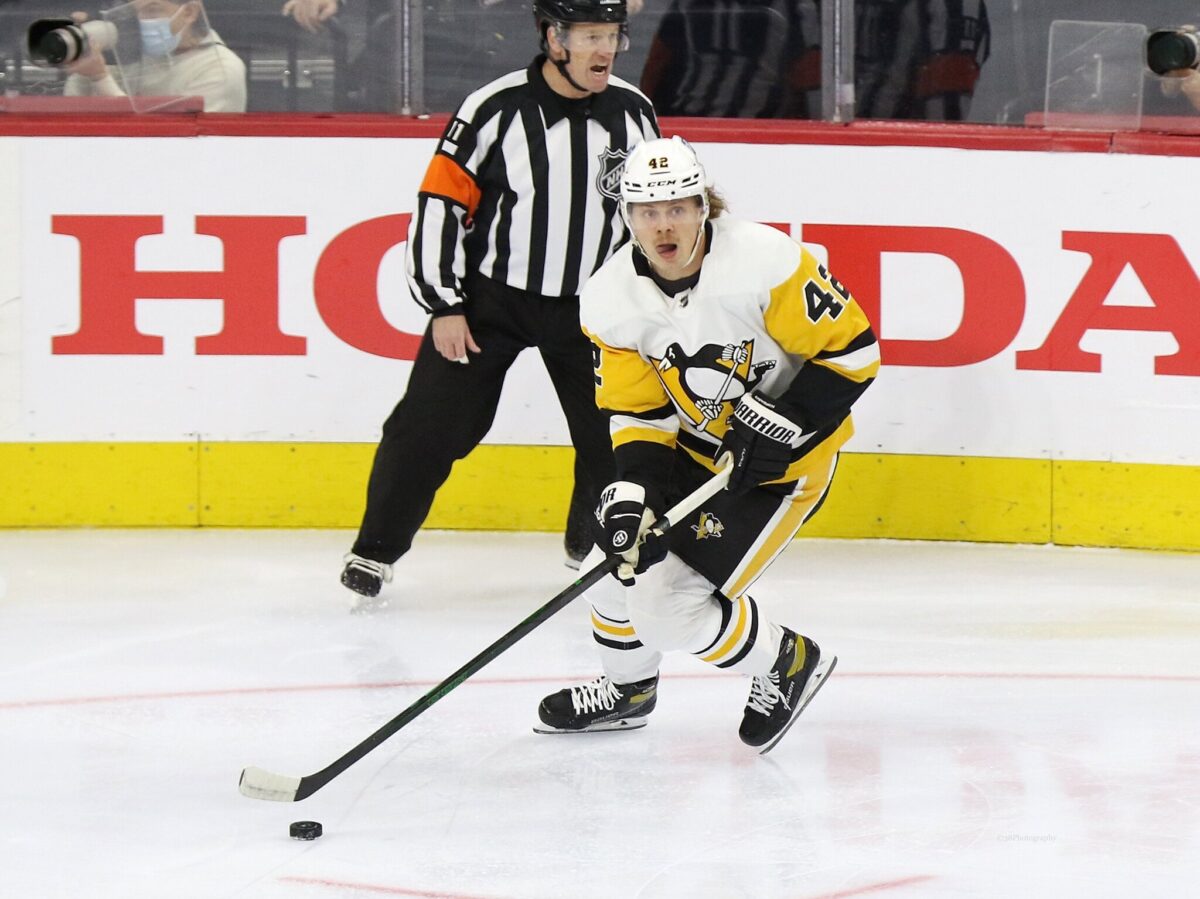The Pittsburgh Penguins have filtered through a plethora of general managers since their inception to the NHL in 1967: Craig Patrick, Ray Shero, Jim Rutherford, to name a handful. Through the previous 50 years, Pittsburgh’s front office has proven to be both a saving grace, and colossal antagonist, towards the team’s overall level of achievement. With the NHL trade deadline approaching at an alarming rate, a deeper analysis of the Penguins’ history of roster moves may be required. In this piece, we’ll be taking an in-depth look at some of the best, worst, and most recent trades that have inhibited mounds of both success and failure for the franchise.
Best Roster Moves In Penguins History
The Randy Carlyle Trade (1984)
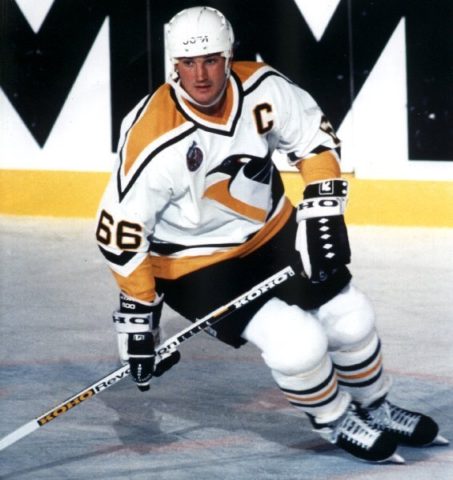
Flashback to the 1983-84 season, and the Penguins had become the laughing stock of not just the Patrick Division, or the Eastern Conference, but the entire NHL. General manager Eddie Johnston was aware his team was lackluster, and given the circumstances of the upcoming 1984 draft, oversaw a season where the team was a league-worst 38 points and 16-58-6 record. Johnston successfully drove the Penguins’ season into the ground under one condition: ensuring the number one pick in the draft, which in this case, was winning the Mario Lemieux lottery.
In no effort to disguise their ulterior motive, the Penguins traded captain Randy Carlyle to the Winnipeg Jets for their first-round pick in the 1984 draft, as well as future considerations. The Penguins snagged some reparations for their defense; they picked up Doug Bodger with the Jets’ ninth-overall pick, and those future considerations turned into Moe Mantha.
Related: 7 Cool Things About Sidney Crosby
Bodger went on to play nearly 300 games in four winning seasons for the Penguins, and Mantha amassed 40-plus points in every NHL campaign during his tenure in Pittsburgh. Most importantly, that 1984 number-one pick belonged to the Penguins, and it pocketed them the crown jewel who went on to define the fate of their franchise: “Le Magnifique” himself, Mario Lemieux.
The Ron Francis Trade (1991)
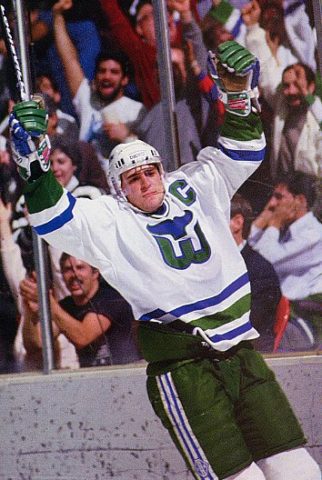
Perhaps one of the greatest moves in Penguins franchise history came at the helm of the legendary Craig Patrick, although the record shows that there was some coercion involved with this transaction. At the time, the Hartford Whalers general manager was none other than former Penguins general manager, Eddie Johnston. Whalers upper management was dissatisfied with the team’s standing at the time, and forced Johnston to trade their captain, Ron Francis.
Patrick initiated the trade that sent John Cullen, Jeff Parker, and Zarley Zalapski to Hartford in exchange for Ron Francis, Grant Jennings, and budding Swedish star Ulf Samuelsson. Jennings did not pan out as well, but both Francis and Samuelsson played pivotal roles in the Penguins capturing their first and second Stanley Cups in franchise history.
The Marian Hossa & Pascal Dupuis Trade (2008)
2008 was a defining year for the Penguins, as it marked Sidney Crosby’s first-of-many career trips to the Stanley Cup Final. Unfortunately, Pittsburgh ultimately fell to the Detroit Red Wings, but they wouldn’t have even come close if GM Ray Shero failed to make a blockbuster move at the trade deadline.
See Also: 3 Takeaways from the Rangers’ 1-0 Loss to the Penguins
In a moment of desperation, the Penguins shipped Colby Armstrong, Erik Christensen and Angelo Esposito as well as a 2008 first-round pick to the now-defunct Atlanta Thrashers for Marian Hossa and Pascal Dupuis. Hossa and Dupuis formed a strong base around young-gun slashers Sidney Crosby and Evgeni Malkin, propelling them on an almost-successful quest for the most coveted prize in all of hockey.
The Bill Guerin Trade (2009)
Just around a year after Shero brought over extra firepower in Hossa and Dupuis, the Penguins’ front office along with the GM himself were left dissatisfied with the results of the 2008 season. Additionally, Hossa left the Penguins in free agency to join the Red Wings, who stole the Stanley Cup from Pittsburgh the previous year. Determined to make a lasting change that would yield a championship, Shero got the steal-of-a-lifetime.
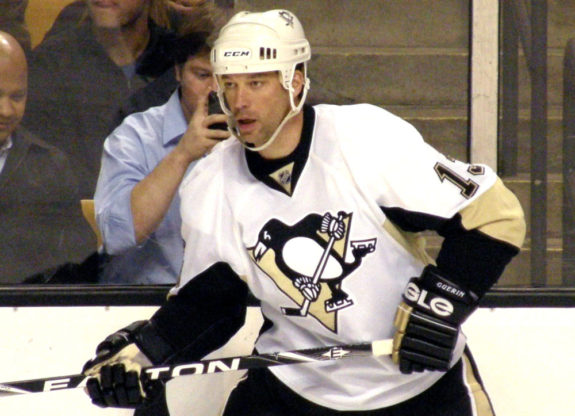
After agreeing on terms, Pittsburgh would send a 2009 conditional fifth-round pick to the New York Islanders in exchange for veteran forward Bill Guerin. The addition of Guerin was instrumental to the team’s success, helping the new foundation of the Penguins’ core reach the pinnacle of the Stanley Cup, which they finally raised against none other than–you guessed it–the Red Wings.
The Chris Kunitz Trade (2009)
Shero wanted to beat those pesky Red Wings so terribly, he refused to halt his quest of franchise-defining roster moves with just Bill Guerin. At the time, Pittsburgh was defensive-heavy with a fierce set of veteran blue-liners in Brooks Orpik and Sergei Gonchar accompanied by young up-and-comers Kris Letang and Alex Goligoski. The holes in the Penguins’ roster laid in the form of scoring forwards, hence why Shero targeted Guerin in the first place.
Related: Penguins Need Consistency From Key Players During Playoff Push
Given the state of the Penguins’ roster needs, Shero decided to take one more chance. On Feb. 26, 2009, the Penguins traded defenseman Ryan Whitney to the Anaheim Ducks in order to acquire forward Chris Kunitz. The transaction paid off handsomely; Kunitz helped the Penguins win the Cup in 2009 as well as back-to-back championships in 2016 and 2017 during the tail end of his career in the NHL.
Worst Roster Moves In Penguins History
The Markus Naslund Trade (1996)
The 1991 NHL Entry Draft played a role in introducing the hockey world to a handful of potential franchise-saving juggernauts. Superstar centerman, Eric “The Next One” Lindros, was selected first overall by the Quebec Nordiques, and Scott Niedermayer was taken third by the New Jersey Devils. The Penguins waited their turn, and with the 16th overall pick, drafted Sweden’s Markus Naslund. Naslund’s entry to the NHL was met with criticism from the Penguins managment, as his regular season performance failed to match with the numbers he put up in the preseason.
Related: The Worst First Overall Picks In NHL History
Two years of lackluster play finally drove the Penguins to rid themselves of a player the team considered to be an all-around bust. In 1996, after playing nearly three seasons in Pittsburgh, GM Patrick decided to ship Naslund off to the Vancouver Canucks in return for Alek Stojanov. Patrick definitely made some sound decisions at the helm of the Penguins, but this was absolutely not one of them. Stojanov would go on to score a measly six points in his two seasons with the team, whilst riddled with injury. On the contrary, Naslund carried on with his career in Vancouver; he eventually became the Canucks’ captain and franchise leader in nearly every scoring category over the next 12 years.
The Sergei Zubov Trade (1996)
Acquired via a blockbuster trade with the New York Rangers in 1995, Sergei Zubov earned his place as a defensive contributor to the Penguins’ championship hopes. Pittsburgh had shelled out Luc Robitaille and Ulf Samuelsson to snag Zubov, whose tenure with the Penguins was unfortunately short-lived.
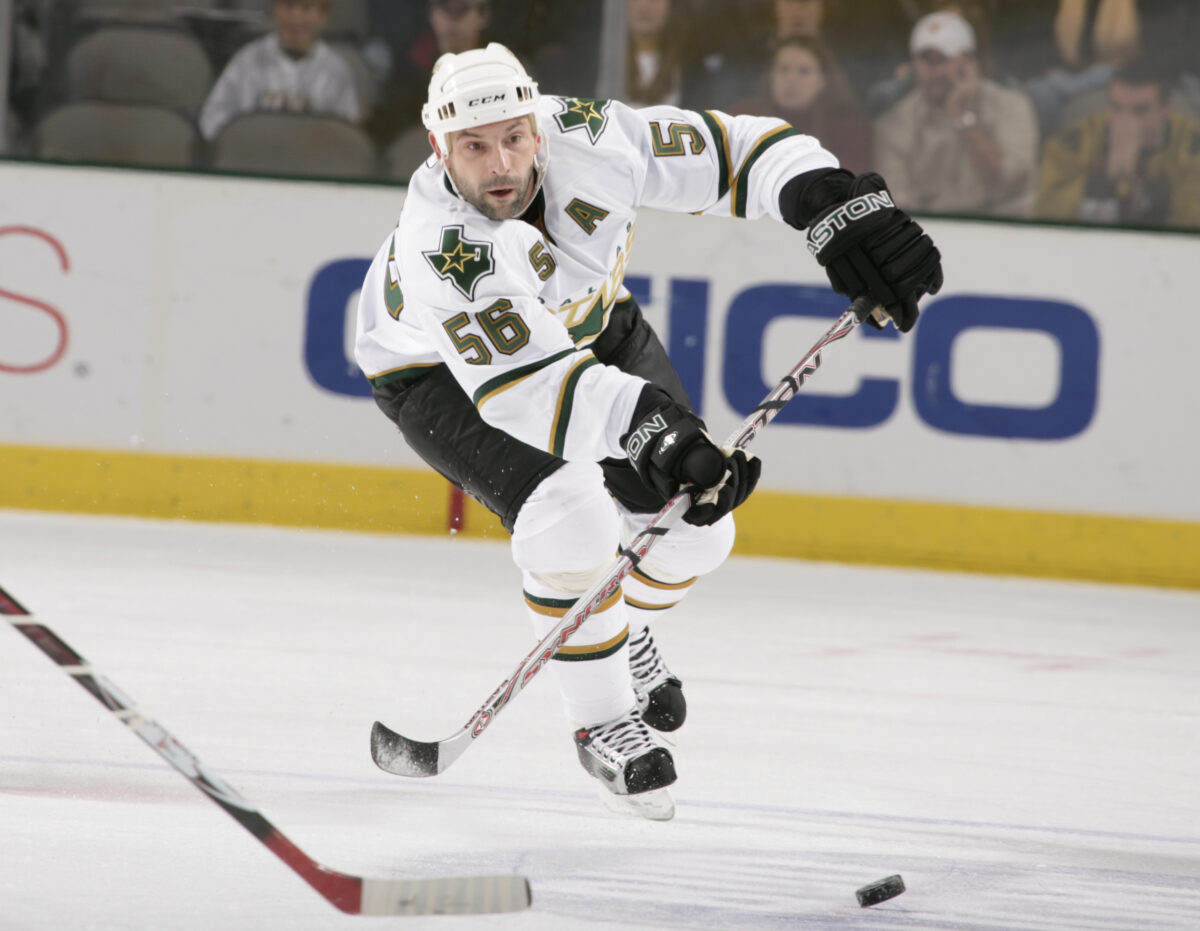
Zubov scored at a point-per-game pace in his lone season as a Penguin, impressive for a blueliner. Pittsburgh felt its lineup was on the smaller side in 1996, and desired to bolster the physical presence of their defense. Standing at 6-foot-1, Sergei Zubov was traded directly for the Dallas Stars’ 6-foot-4 Kevin Hatcher. Although the addition of Hatcher reinforced the Penguins’ defensive side, his efforts were overshadowed by the clinic that Zubov would put on over the next 12 years in Dallas. Zubov trudged on to win the Stanley Cup as a member of the Stars in 1999, and 20 years later in 2019, was elected to the Hockey Hall of Fame.
The Glen Murray Trade (1997)
The decade of the 1990s was predominantly one of blissful success for the Penguins, having hoisted the Stanley Cup twice in the time frame. However, not every effort to improve the team during their run of dominance would prove to be worthwhile. In hopes of increasing the scoring prowess around star Lemieux, Patrick continued his trend of less-than-proficient roster transactions. At the NHL trade deadline in 1997, Patrick traded struggling young winger Glen Murray to the Los Angeles Kings for a grizzled veteran in Ed Olczyk.
See Also: Penguins Best and Worst Trades of the Decade
Olczyk was initially a great asset to the Penguins, meshing with Lemieux right from the jump to display immediate offensive improvement. To the team’s detriment, Lemieux would retire (for the first time) at the end of the 1997 season, ending any hopes of a veteran championship core in Pittsburgh. Olczyk would disappoint in his two years with the Penguins, as Murray enjoyed four 30+ point seasons with the Kings, in two of which he scored over 60 points.
The Ryan Reaves Trade (2017)
The 2010s showed a full resurgence of the Penguins as a Stanley Cup-contending dynasty. After lifting Lord Stanley in 2016, HM Rutherford and the team were hungry for a repeat. Wanting to buffer (no pun intended) the Penguins’ defense by adding hard-hitting weight to the lineup, Rutherford did exactly that. In a deal with the St. Louis Blues, the Penguins exchanged Oskar Sundqvist and a first-round pick for enforcer Ryan Reaves and a second-round pick.
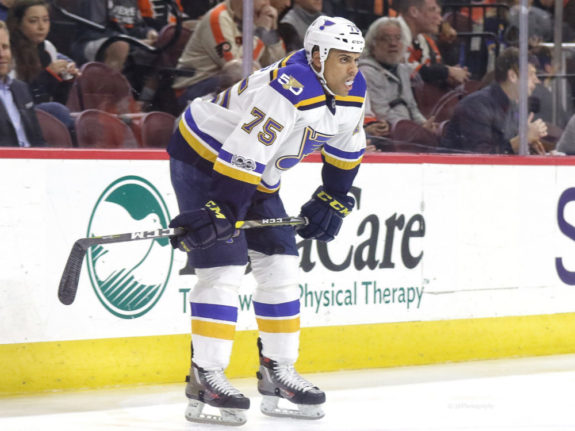
Reaves played his role as a brute well for the Penguins, but St. Louis simply won the trade outright. Sundqvist panned out in glorious form for the Blues, becoming a core piece and critical clutch scorer in their eventual Stanley Cup-winning run in 2019.
The Alexei Kovalev Trade (2003)
Much like the struggles of the 1980s, the Penguins spent the early 2000s grasping at straws. 2003 was a year of ruin for Pittsburgh, which yielded a multitude of questions about the state of the franchise. Two years earlier, Patrick was forced to trade Jaromir Jagr to the Washington Capitals, and thus put the Penguins in a rebuilding state. Starting from the ground up, Patrick shipped off a package containing Alexei Kovalev to the New York Rangers for cash as well as a few role players. At the time of his transaction, Kovalev had amassed 40-plus points in every season with the Penguins.
Related: 5 Penguins Who Probably Won’t Be Back Next Season
Kovalev was back in New York where he spent six seasons as a Ranger, before being sent to the Canadiens the following year. Despite heavy contributions, Kovalev’s scoring impact was seemingly overlooked by Pittsburgh therefore squandering the Penguins’ chance to rebuild around one of the greatest talents that hockey has ever seen.
Roundup: Penguins Trades of the Past 5 Years
In recent years, the NHL has become a trade-heavy league, and the Penguins have followed suit. The past five seasons have painted a period of vibrancy in Pittsburgh, creating a competitive culture that’s built to only shoot for the Cup, and nowhere short of it.
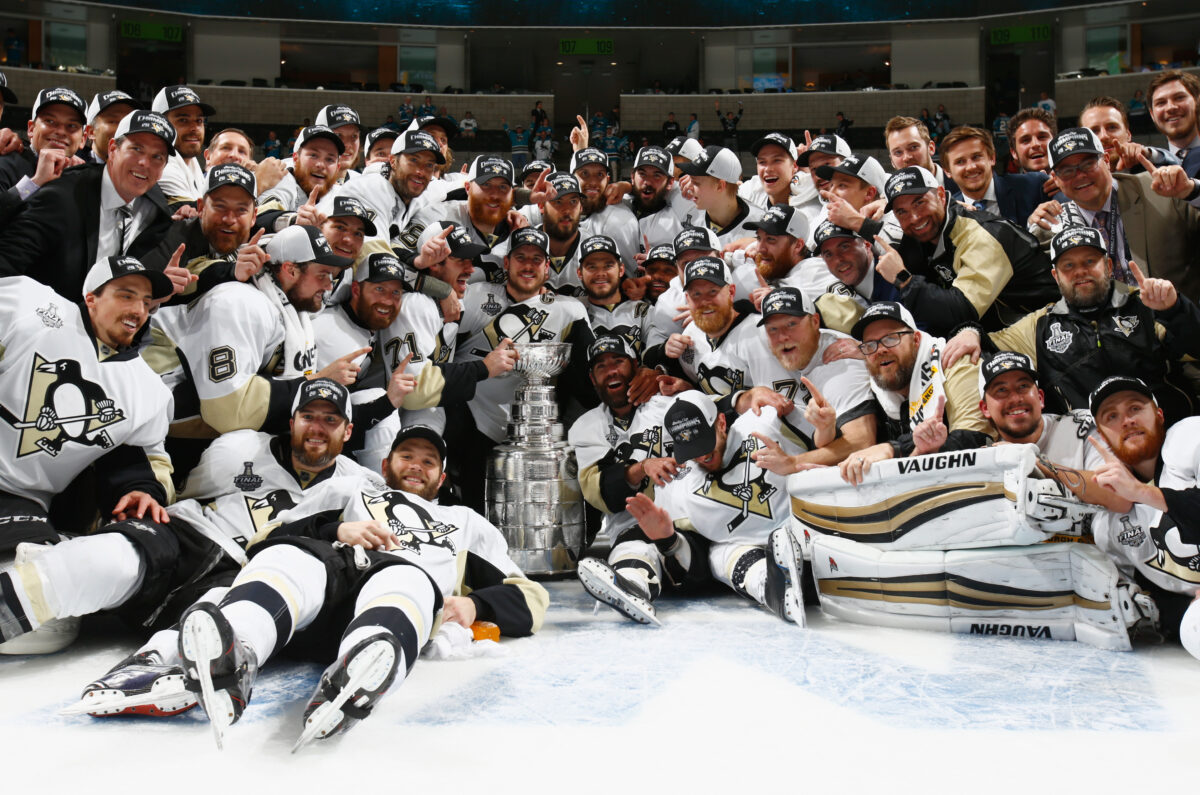
Winning back-to-back championships left the club hungry for more, but that means the front office needs to do their part as well.
2017
The second year of the Penguins’ back-to-back Stanley Cup run was rather dull in terms of the trade market, aside from the Ryan Reaves trade over the offseason. The Penguins managed to pick up veteran defenseman Ron Hainsey from the Hurricanes, which added depth to the squad who ultimately came out with the Cup. GM Rutherford also sent bottom-six players Eric Fehr and Steven Oleksy to the Maple Leafs for Frank Corrado, who failed to pan out completely.
2018
The trade deadline in 2018 presented an opportunity for the Penguins, at which they acquired talented forward Derick Brassard from the Ottawa Senators. Brassard was in his 11th NHL season coming off a few red-hot years in New York and Ottawa.
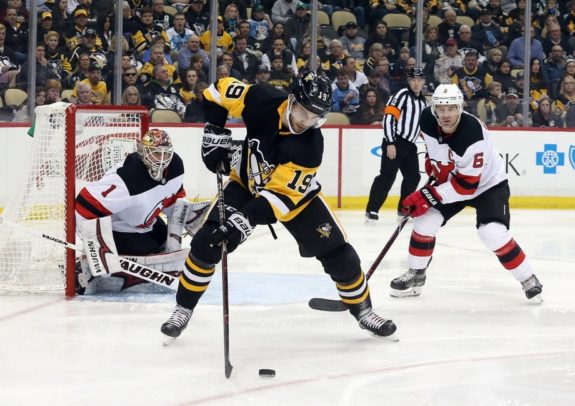
Unfortunately for Rutherford, Brassard’s performance as a Penguin was far below the bar. In 54 games for Pittsburgh, Brassard netted 23 points with 12 goals and 11 assists. He would be traded to the Florida Panthers the following season. Furthermore, Rutherford grabbed defenseman Jamie Oleksiak from the Stars for a fourth-round pick.
2019
The 2019 offseason marked the end of forward Carl Hagelin’s time in Pittsburgh as well as a few other impactful moves. Ironically enough, one of those transactions was sending Oleksiak back to Dallas for none other than a fourth-round pick.
See Also: Pittsburgh Penguins Becoming Legitimate Stanley Cup Contenders
One of the final lopsided deals that Rutherford made as the Penguins’ GM was trading Erik Gudbrandson to the Canucks for Tanner Pearson, who is currently a top-six forward on a young and skilled Vancouver team.
2020
Despite operating under the stressors of a pandemic-driven sports world, the Penguins’ front office was more eager than ever to put their team back on top. 2020 proved to be a heavy year for roster transactions, with the additions of sprouting defenseman John Marino and forward Jason Zucker.
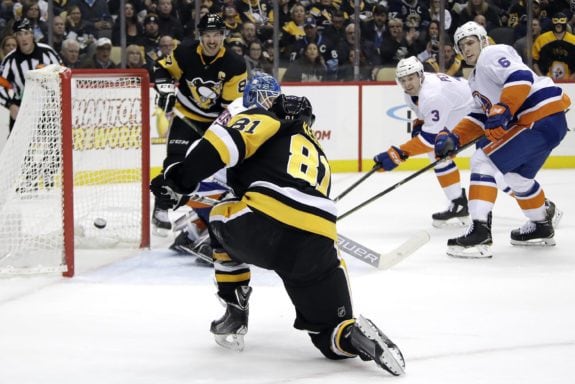
In terms of outflow, fan favorites Phil Kessel and Olli Maata made their departures from Pittsburgh. Moreover, a trade with the Sabres brought over forwards Evan Rodrigues and Conor Sheary, the latter of who would begin his second stint as a Penguin.
2021
Although the Penguins were hesitant to facilitate many trades over the shortened 56-game season due to COVID-19, the moves they made were lasting in one way or another. Rutherford was nearing the end of his tenure, and wished to send the team off on a high note. 2021 saw star goalie Matt Murray traded to the Senators for draft picks, and Patric Hornqvist was sent to the Panthers.
The loss of Hornqvist is a void the Penguins are yet to truly fill, but they were able to pocket solid defensive assistance with Mike Matheson being Florida’s end of the deal. Perhaps the most peculiar roster change of the season was a package trade with the Maple Leafs to bring Finnish sniper Kasperi Kapanen to the Penguins. Kapanen has shined as a premier offensive asset, but his less-than-average performance in the current 2021-22 season puts his future in Pittsburgh on thin ice.
